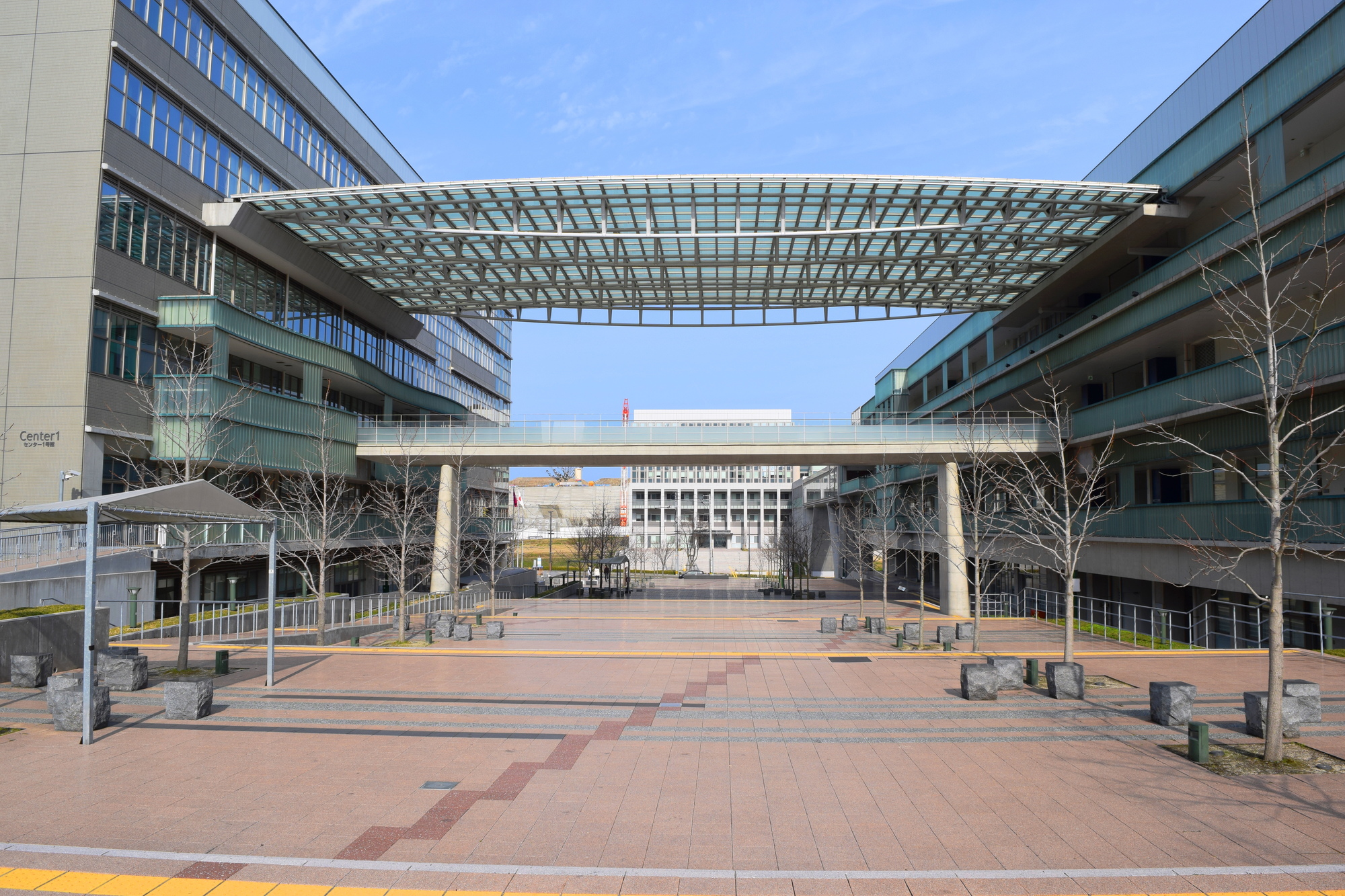The joint research team of Tokyo Institute of Technology, Kyushu University, and Keio University, with Professor Takayuki Aoki of Tokyo Institute of Technology as the research representative, is the first to use a spacon and the reason why the forkball falls is the "negative magnus effect". I clarified.
When the ball rotates with backspin in the direction of travel, it normally receives a lifting force (lift), and this principle is called the "Magnus effect".However, although the forkball rotates by backspin, it hardly rises and takes a trajectory close to a parabola.The reason remained a mystery.Therefore, the research team conducted a numerical fluid simulation that calculates the baseball ball in detail up to the rotation of the seam using the supercomputer TSUBAME3.0 of the Tokyo Institute of Technology Academic International Information Center.
As a result, in a two-seam (only two seams can be seen during one rotation) rotating ball, a downward force "negative Magnus effect" is generated at a certain angle of the seam, and a low-speed rotating two-seam forkball. It turned out to be a big factor to drop.Furthermore, it was found that if the ball speed, rotation speed, and rotation axis immediately after the pitcher releases the ball are known, the trajectory of the ball after that can be accurately reproduced.Comparing two-seam and four-seam (a ball that rotates with four seams visible during one rotation) that rotates 1 revolutions per minute at 2 km / h, even if the ball speed and rotation speed are the same, only the difference in the seams is the batter's hand. It became clear that the head was different by 151 cm.
In addition to baseball balls, supercomputer aerodynamic analysis like this one can be used for tactics such as changes in the trajectory of non-rotating soccer balls and volleyball, and winter sports where aerodynamics have a strong influence, and various numerical simulations are available. It is expected to have various industrial applications.


